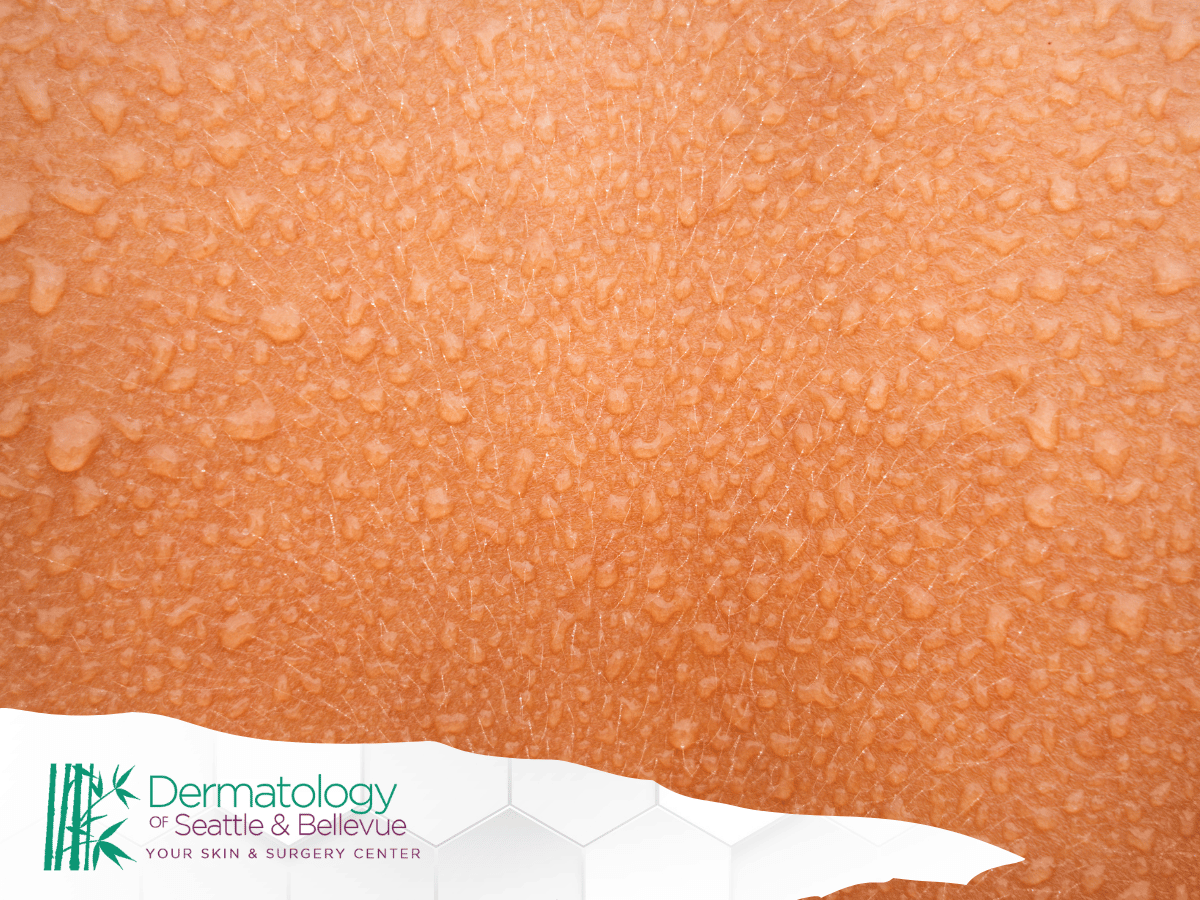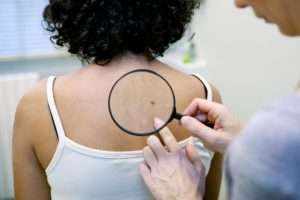Understanding Sweat Allergies
Sweating is your body’s natural way to cool down—but for some, it can come with uncomfortable side effects. A rare condition called cholinergic urticaria can trigger allergic-like reactions in response to your own sweat. While not technically an allergy in the classic sense, this hypersensitivity can mimic one, leading to intense itching, rash, or even hives.
What Causes Sweat Allergies
Sweat allergies are typically associated with cholinergic urticaria, which is a form of physical urticaria triggered by an increase in body temperature. This can happen due to:
- Exercise
- Hot showers or baths
- Stress or anxiety
- Spicy foods
- Fever or illness
These factors stimulate sweat production, which activates an immune response in sensitive individuals.
Symptoms of Sweat Allergies
Symptoms often begin within minutes of sweating and may last from 30 minutes to several hours:
- Tiny red bumps or hives, usually on the chest, arms, face, or neck
- Itching or a prickly sensation (often confused with heat rash)
- Swelling in more severe cases
- Tingling or burning around the affected areas
- Shortness of breath or anaphylaxis in extreme cases
If you’ve ever experienced red hives after a workout or a hot shower, it could be more than just a skin irritation.
Diagnosing Sweat Allergies
Getting an accurate diagnosis is crucial for managing sweat-related symptoms. Since the condition mimics other skin disorders like eczema, miliaria (heat rash), or contact dermatitis, misdiagnosis is common. A dermatologist or allergist may perform:
- Exercise or heat tests to induce sweating under medical observation
- Skin pricks or patch testing to rule out contact allergens
- Detailed symptom history, including triggers, frequency, and severity
Prompt diagnosis helps avoid unnecessary treatments and allows for more effective management.
Differentiating Sweat Allergies from Other Skin Conditions
Several skin issues can look like cholinergic urticaria at first glance. Knowing the differences can save you frustration—and get you closer to relief.
Eczema vs. Sweat Allergies
Eczema and sweat allergies both cause itchy, inflamed skin—but the triggers and timing are different. Eczema tends to flare with dryness, irritants, or allergens, while sweat allergies are triggered by increased body temperature. Sweat may worsen eczema, but the underlying causes and treatments are not the same.
Heat Rash vs. Sweat Allergies
Heat rash (also known as prickly heat or miliaria) occurs when sweat glands get blocked, trapping sweat beneath the skin. It usually causes small, red bumps and a prickling or stinging sensation. While it often appears in hot, humid weather, it’s not an allergic reaction like cholinergic urticaria. Heat rash typically resolves on its own with cooling measures, whereas sweat allergies require more targeted treatment.
Allergic Contact Dermatitis vs. Sweat Allergies
Allergic contact dermatitis happens when your skin reacts to substances like fragrances, soaps, or metals. Unlike sweat allergies, which are triggered internally by rising body temperature and sweating, contact dermatitis results from external allergens. The key difference lies in the cause of the immune response—external contact vs. internal body heat and sweat.
Managing Sweat Allergies
While sweat allergies can be frustrating, they’re manageable. A combination of trigger avoidance, topical care, and medical treatment can go a long way in preventing flare-ups and improving daily comfort.
Avoiding Triggers
To minimize flare-ups of cholinergic urticaria, it’s essential to avoid the conditions that stimulate excessive sweating or raise your body temperature too quickly. Some practical steps include:
- Limiting time in hot showers or saunas
- Avoiding strenuous exercise in hot weather
- Wearing breathable, loose-fitting clothing
- Reducing stress and anxiety, which can trigger sweating
- Keeping indoor environments cool and well-ventilated
Skincare Routine for Sweat Allergies
Maintaining a gentle skincare routine can help protect the skin’s barrier and reduce irritation:
- Use mild, fragrance-free cleansers
- Avoid exfoliants or harsh scrubs during flare-ups
- Pat the skin dry after sweating instead of rubbing
- Apply soothing moisturizers to help calm itchiness and reduce red hives
- Take lukewarm showers instead of hot ones
Medical Treatments for Sweat Allergies
If lifestyle changes aren’t enough, dermatologists may recommend:
- Antihistamines to manage itchiness and hives
- Prescription creams for reducing inflammation
- In some cases, biologic medications or immunotherapy for severe cases
- Beta-blockers or anticholinergic drugs for reducing sweating, under medical supervision
- Referrals to an allergist or dermatologist for complex or chronic reactions
Lifestyle Changes for Sweat Allergies
Making targeted lifestyle changes can significantly improve how your body reacts to heat and sweat, reducing the frequency and severity of flare-ups. These adjustments often complement medical treatments and improve overall comfort and confidence in daily activities.
Clothing Choices
Your clothing plays a big role in managing sweat-related hives and irritation. To help minimize skin reactions:
- Choose lightweight, breathable fabrics like cotton or moisture-wicking materials
- Avoid tight or synthetic clothing that traps heat and sweat
- Dress in layers so you can quickly adjust to temperature changes
- Opt for light colors, which reflect rather than absorb heat
- Avoid accessories that rub or trap moisture against the skin
Exercise Modifications
While exercise is important, it’s also a major trigger for cholinergic urticaria. To stay active without triggering a reaction:
- Exercise in cool environments or during cooler times of day
- Start with light stretching or warm-up routines to ease into activity
- Keep a cool towel or fan nearby for quick relief
- Choose lower-intensity activities like yoga or swimming
- Take breaks to cool down if symptoms begin to appear
Hydration and Diet Tips
Hydration and nutrition can influence how your body manages heat and inflammation, both of which are important when dealing with sweat-induced reactions. Small dietary changes may help reduce the severity of symptoms:
- Stay well-hydrated to help your body regulate temperature efficiently
- Avoid spicy foods, caffeine, and alcohol, which may trigger flare-ups
- Eat foods rich in anti-inflammatory nutrients, such as omega-3 fatty acids, leafy greens, and berries
- Limit processed foods that may aggravate your immune system
- Consider tracking foods that coincide with symptoms to identify triggers
Finding Support for Sweat Allergies
Living with a condition like cholinergic urticaria can be isolating at times, but you’re not alone. Many others face similar challenges, and connecting with the right resources can provide reassurance, education, and encouragement.
Support Groups
Support groups—both online and in-person—can offer helpful insights and a sense of community. These groups allow you to:
- Share experiences and tips for managing symptoms
- Learn about new treatments or coping strategies
- Find emotional support from others who understand
- Stay informed on the latest research and clinical trials
Counseling and Therapy
Emotional health often takes a hit when dealing with chronic conditions. Counseling and therapy can help you cope with the anxiety, frustration, or embarrassment that sometimes accompanies sweat allergies:
- Cognitive-behavioral therapy (CBT) can help you manage stress-related triggers
- Talking to a mental health professional can reduce anxiety around public sweating
- Therapy may help prevent avoidance behaviors that limit daily life
- Support can also be helpful for children or teens who feel self-conscious
Online Resources
Reliable information is key to managing your condition confidently. Explore websites backed by medical institutions or patient advocacy groups, such as:
- The American Academy of Dermatology for symptom management tips
- The National Eczema Association for skincare advice
- Forums and Q&A communities (like Reddit’s urticaria support groups) for peer discussions
- Dermatologist blogs and YouTube channels from certified professionals
Conclusion
So, can you be allergic to your own sweat? Technically, yes—and it’s called cholinergic urticaria. Though rare, this condition can disrupt everyday life for those who experience it. Fortunately, with proper diagnosis, careful trigger management, and support, most people find ways to control flare-ups and live comfortably. If you’re noticing rashes, itching, or hives every time you sweat, talk to a dermatologist and explore treatment options tailored to your lifestyle.





